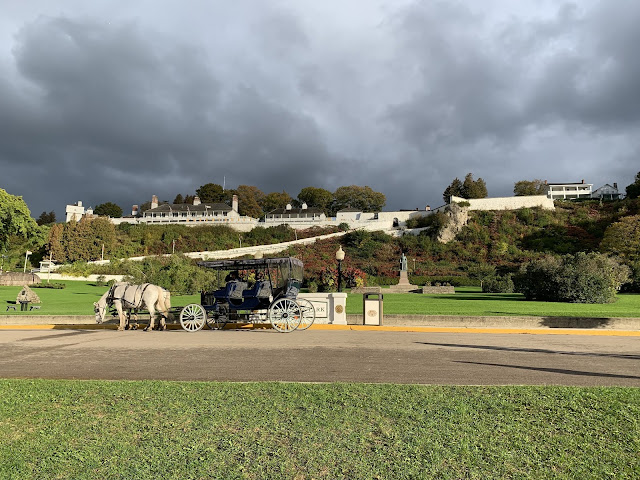Greetings fort followers! This is Cece here to tell you about our recent visit to Comstock middle school. On Wednesday morning, Cam and I ventured over to Comstock with our artifact case, an archaeologist’s toolbox, and some fun activities in hopes of getting Mrs. Bloom’s seventh grade social studies class interested in archaeology.
After the first bell rang and morning announcements were given, Cam gave a brief presentation on what it means to be an archaeologist. One central point was the importance of viewing other cultures from a neutral standpoint, with an open and curious mind. Without this, we risk comparing other cultures to our own preconceived notions and making false judgements.
The first activity was meant to emphasize the importance of context to an archaeologist. The kids broke into small groups, and each group received a notecard with a place written on it; we used a farm, grocery store, garage, and restaurant. Each group had to draw four different items that might be left behind at their given place, and then pass them on to the next group, who then had to guess where the items might have come from. With each round, one item was taken away, making it more difficult to accurately infer the context of the items. The kids did really well and had a lot of fun!
Next, Cam and I distributed a bag of garbage (which, of course was washed), to each group. The kids emptied the bags and were challenged to come up with inferences about the garbage. Who might have thrown away fast food bags and coffee cups? A family? A college student? Someone who has little time to cook? I assembled a garbage bag of my own with empty cans of beans, an empty carton of tomatoes, and a few bottles of coffee drinks made with almond milk. I asked them what they thought, and they said the person was probably a vegan, maybe in their twenties…they nailed it!
After this activity, the kids got to look at the case of artifacts we had collected from Fort St. Joseph. The bones and musket ball brought about many questions, as well as the ear bob, and the fur. This gave us an opportunity to tell them about the fur trade, and the relationships between the French colonists and the Native Americans. Afterwards, we displayed an archaeologist’s toolbox. We told them the importance of digging slowly and carefully with a trowel, and about making accurate measurements with our measuring tape and plum bob.
In the final moments of class, the kids got to ask us questions. Of course we got the famous, “do you dig up dinosaur bones?” But, one of the kids came up after class was over to get more of an inside scoop on how to make it into the field. Cam and I were able to visit two classes, and both Cam and Lucy returned on Friday to see two more. It was a great experience, seeing the subjects of archaeology and anthropology through the young and excited minds of seventh graders. Thank you so much to Mrs. Bloom, the seventh graders, and Comstock Middle School for having us! Hopefully we get to see some of you again during the field season, whether it be during the middle school summer camp, a Friday pit tour, or the archaeology open house.
Until next time,
Cece


















